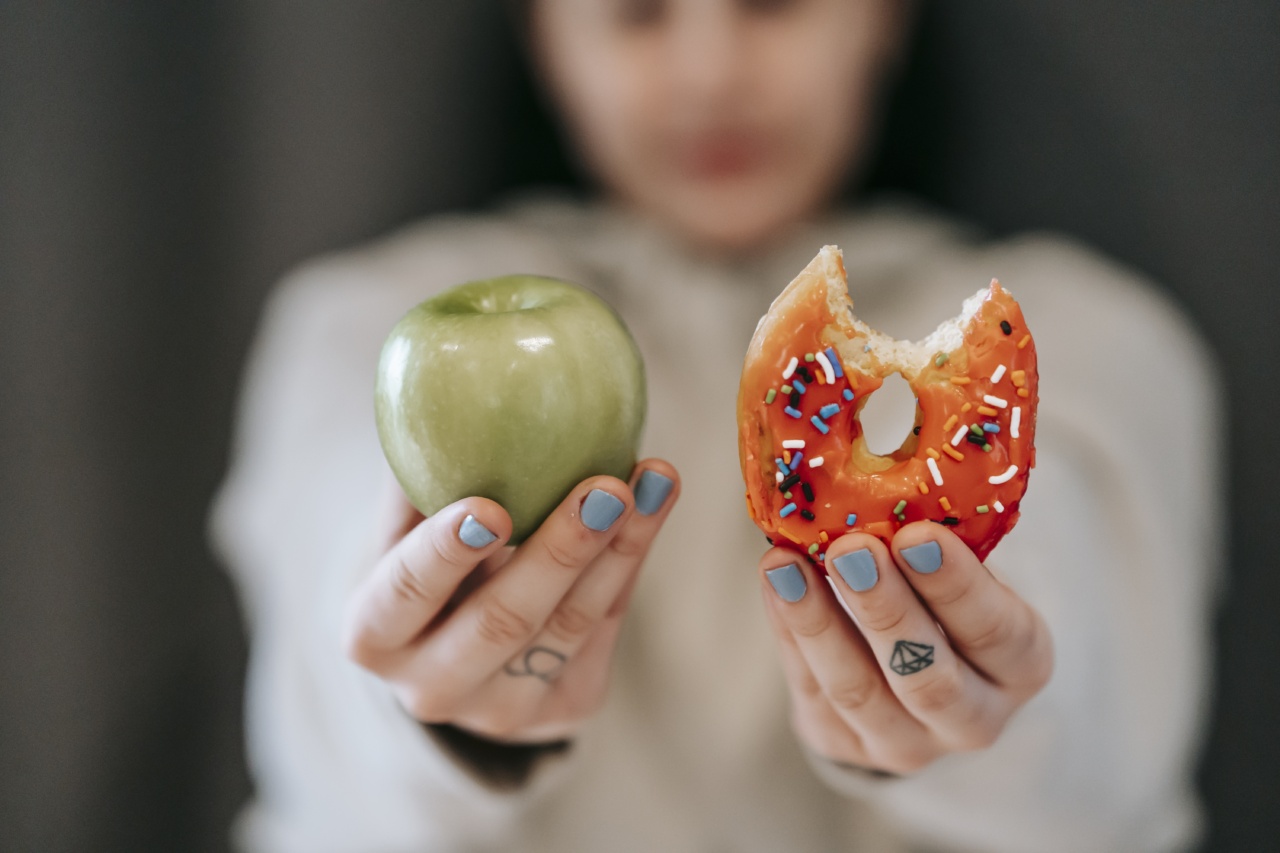Are you struggling to lose weight despite your best efforts? You might be unknowingly consuming foods that are sabotaging your weight loss goals. While some foods are obvious culprits when it comes to weight gain, others are not so obvious.
In this article, we will explore the four sneaky foods that are making you gain weight and how you can avoid them.
1. Fruit Juice
While fruit juice may seem like a healthy option, it is loaded with sugar and calories. A single serving of fruit juice can contain as much sugar as a can of soda.
Even if the label says “100% fruit juice,” it can still be high in sugar and calories. One of the main problems with fruit juice is that it lacks the fiber that is found in whole fruit. Fiber helps to slow down the absorption of sugar, which can prevent blood sugar spikes and crashes.
Without fiber, the sugar in fruit juice is absorbed quickly into the bloodstream, which can lead to weight gain.
Solution: Instead of drinking fruit juice, opt for whole fruit. Whole fruit contains fiber and other nutrients that are lost in the juicing process. If you do drink fruit juice, make sure it is 100% juice with no added sugars.
You can also dilute the juice with water to reduce the amount of sugar and calories.
2. Salad Dressing
Salads are often seen as a healthy option, but the dressing can sabotage your weight loss goals. Many salad dressings are high in fat and calories, which can add up quickly.
A single serving of ranch dressing can contain as many as 140 calories and 14 grams of fat. And let’s be honest, who uses just one serving? The problem with salad dressing is that it is easy to overdo. A little bit goes a long way, so it’s important to be mindful of how much you are using.
Solution: Choose low-fat or fat-free salad dressings, or make your own at home using ingredients like vinegar, olive oil, and herbs. Measure out your dressing to ensure that you are using a reasonable amount.
Instead of pouring the dressing directly onto the salad, dip your fork into the dressing before spearing each bite of salad.
3. Granola
Granola seems like a healthy option, but it is often loaded with sugar and calories. A single cup of granola can contain as many as 600 calories and 30 grams of sugar.
The problem with granola is that it is often eaten in large quantities, which can quickly add up to a significant amount of calories. Granola is also often used as a topping for yogurt or oatmeal, which can add even more calories to your meal.
Solution: Look for low-sugar granola options or make your own at home using ingredients like oats, nuts, and seeds. Measure out your portion to ensure that you are not overeating.
Instead of using granola as a topping, try using fresh fruit or a small amount of nuts or seeds.
4. Dried Fruit
Dried fruit may seem like a healthy snack, but it is often high in sugar and calories. A single serving of dried fruit can contain as much sugar as a candy bar. The problem with dried fruit is that it is easy to overeat.
A small handful can quickly turn into a large portion, which can add up to a significant amount of calories.
Solution: Look for dried fruit options that are low in sugar or make your own at home using a dehydrator. Measure out your portion to ensure that you are not overeating.
Instead of relying on dried fruit as a snack, try fresh fruit or vegetables with hummus or another healthy dip.
Conclusion
If you are struggling to lose weight, it’s important to take a closer look at your diet. While some foods are obvious culprits when it comes to weight gain, others are not so obvious.
Fruit juice, salad dressing, granola, and dried fruit are all sneaky foods that can be sabotaging your weight loss goals. By making small changes to your diet, such as opting for whole fruit instead of juice or making your own salad dressing, you can start to see the results you are looking for.




























